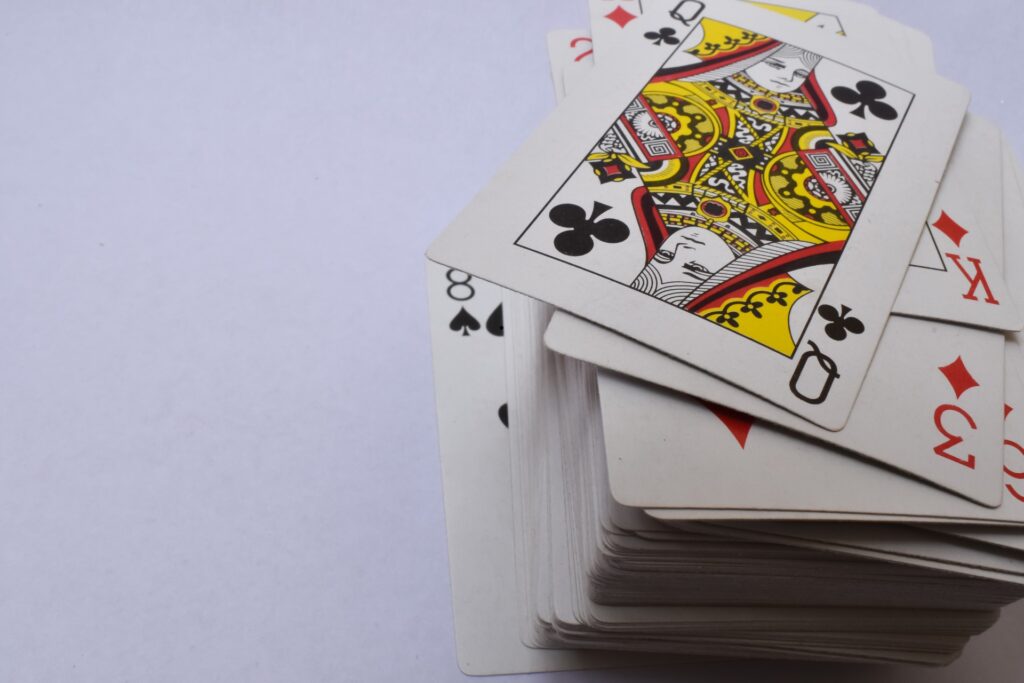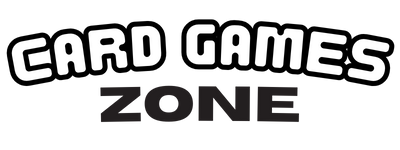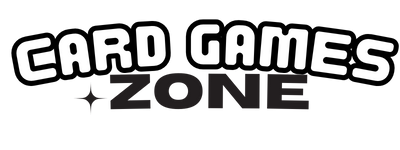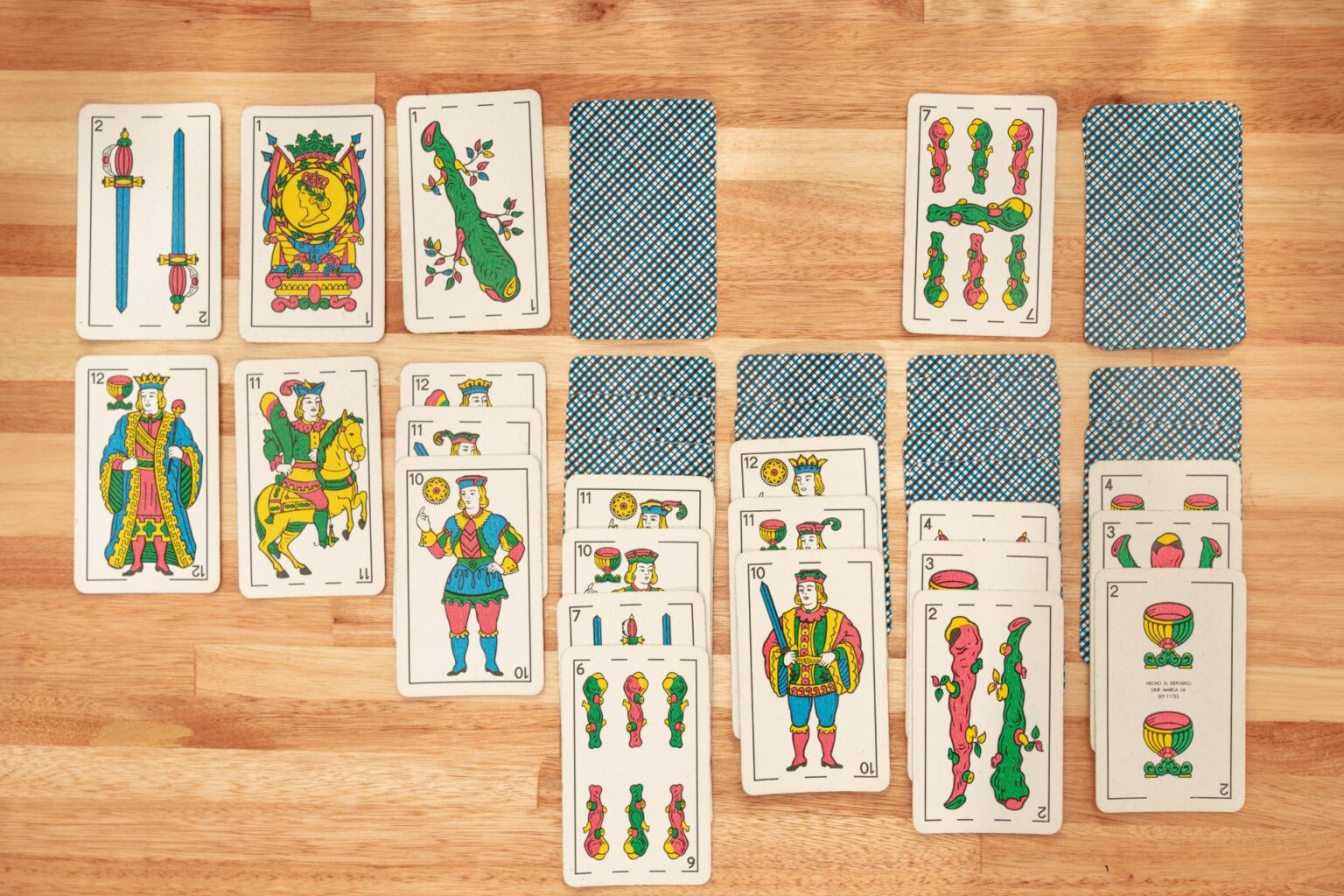Learn how to play Double Solitaire easily with our step-by-step guide. Discover the rules and strategies for mastering Double Solitaire and enjoy a competitive twist on this classic card game!
What You Need
- Two standard decks of cards
- A suitable playing area for two players
Who Can Participate
Double Solitaire is perfect for anyone who enjoys the traditional Solitaire game but wants a more social, competitive experience. It can be played by any two players, such as friends or family members.
Objectives/Goals
The main objective of Double Solitaire is to move all your cards to the foundation piles before your opponent does. If neither player can make any more moves, the player with the most cards in the foundation piles wins

Step-by-Step Instructions
1. Setup
- Each player shuffles their own deck of cards.
- Create a tableau of seven columns per player, with the first card face up and the remaining cards face down, dealing one additional card per column sequentially.
- Place the remaining cards in a stockpile next to each player’s tableau.
- Leave space for the foundation piles, which will be shared by both players.
2. Game Start
- Determine who goes first by flipping a coin or drawing the highest card from the stockpile.
- During their turn, a player moves cards within their tableau or to the foundation piles, adhering to Solitaire rules.
- Turns end by drawing a card from the stockpile to the waste pile.
3. Gameplay
- Players take turns playing cards to their tableau or the shared foundation piles.
- You can only move cards if they adhere to descending alternating color rules.
- Players can move cards to any foundation pile, even if initiated by the opponent.
- If the stockpile runs out, the waste pile is flipped to be reused without shuffling.
4. Winning the Game
- The game ends when one player moves all their cards to the foundation piles.
- If neither player can make a move, the one with the fewest cards remaining wins.
Try Your Skills Here:
Variations or Alternatives
Single-player Double Solitaire can be played with two decks by yourself. Deal out nine columns instead of seven to accommodate the extra cards, and follow the same rules.
Tips and Strategies
- Expose Face-Down Cards Early: Aim to reveal and play face-down cards quickly.
- Utilize All Eight Foundation Piles: Keep an eye on all eight foundation piles to maximize card movement.
- Be Strategic with King Placement: Fill empty tableau spots with kings wisely.
- Avoid Unnecessary Moves: Only make moves that contribute to your strategy.
Quiz
1. What is the main objective of Double Solitaire?
2. How many decks are used in Double Solitaire?
3. What is the correct order to play cards in the foundation piles?
4. What should you place in an empty tableau spot?
5. How can you end your turn if you have no moves left?
Interactive Scenario
You and your opponent are both out of stockpile cards. However, you have managed to build up three foundation piles considerably. It's your turn and you have an empty tableau spot. What should you do?
Question: What's your best move?
Answers & Explanations
Option A: By looking for a king to fill the empty spot, you can continue making moves in your tableau and possibly gain an upper hand over your opponent.
Option B: Shuffling the tableau is not allowable under the rules and would not offer any strategic advantage.
Option C: Waiting does not optimize your current turn and wastes potential moves.
Option D: Maximizing foundation moves is always a good strategy but does not address the need to fill the empty tableau.
Additional Resources
For more information, check out these resources:
- How to Play Double Solitaire on MobilityWare
- Double Solitaire Rules
- Double Klondike on Wikipedia
- Double Solitaire Games on Solitaire Paradise
Conclusion
Double Solitaire introduces a fun, competitive element to the classic Solitaire game. Its easy setup and simple rules make it an excellent choice for card game enthusiasts looking for a twist on the traditional game. Explore the strategies, practice with friends, and become a Double Solitaire expert!





